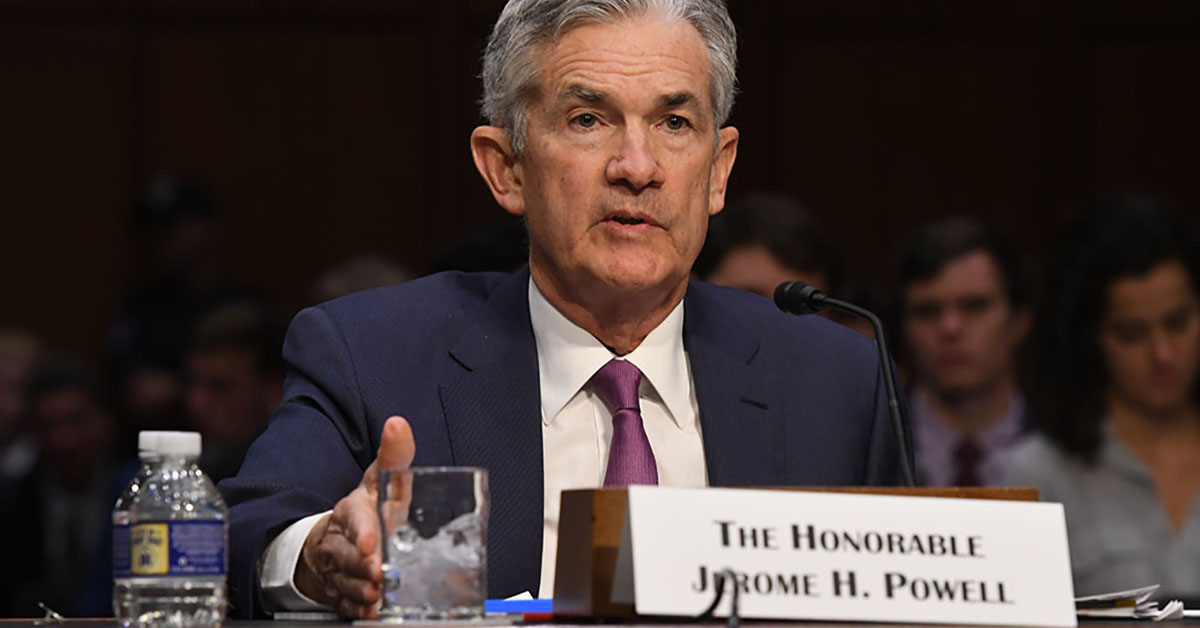Front-Page News
Interest rate moves are generally considered pretty big news in America; when they happen, they capture the headlines for a while and kick off a round of speculation about what their impact will be. The recent announcement that the Fed would cut interest rates by fifty basis points was front-page news.
There is a kind of rule of thumb that rate cuts are good for the economy and the stock market, and rate rises put the brakes on growth and will dampen stock prices as the cost of doing business and financing homes goes up.
According to the Federal Reserve Bank of St. Louis, the average rate of fed funds between 1971 and 2024 was 5.42%. The Fed’s cut on the 17th of this month brings the rate down to 4.75% to 5%, lower than its 50-plus-year historical average. It may come as a surprise to some, but we were already in a low-interest-rate environment.
Over the past century, the Fed’s mission has evolved into two principal mandates: keep inflation low and employment high. This is naturally something of a balancing act as inflation is kept in check by raising interest rates, and employment is stimulated by lowering them. When the Fed takes action in one area, it necessarily makes its other mandate more difficult.
The Consumer Price Index, or CPI, is a proxy for the cost of living in the U.S. It is composed and managed by the Bureau of Labor Statistics, or BLS, in an effort to mimic the budget of a typical American family. Currently, the CPI is made up of food at 13,4%, energy at 6.9%, and a host of other goods and services like clothing, health care, transportation, and housing. Twenty-seven percent of the CPI goes to something called “owner’s equivalent rent of ownership,” but it really means shelter. Inflation has caused many American families to struggle over the past four years, and the Fed has had its work cut out for it.
In August, the BLS announced that the year-over-year CPI was 2.5%, slightly above the Fed’s 2% target. The Fed had announced in 2023 that it expected three or four rate cuts this year, but concerns about inflation stayed their hand until this month. Troubling statistics about employment have caused the Fed to change course, hoping for a so-called “soft landing.”
The Fed is Taking Things Seriously
The 50 basis point cut made news because cuts that large are relatively rare. According to the Wall Street Journal, in the modern era (since the Fed began publicizing its rate moves in 1994), the Fed has only cut rates that deeply three times: after the Tech Wreck in 2001, after the Great Recession in 2007, and in response to the pandemic in 2019.
Since the Fed appears to reserve the bigger cuts for bigger emergencies, some speculate that we should be worried about an imminent recession. We’ve reminded readers of this blog that the market climbs a wall of worry. There will always be things to worry about, but we don’t believe this rate cut is one of them.
First of all, Charles Schwab’s research has shown that Fed rate cuts have been pretty good for stocks, as represented by the S&P 500. They report that “the 12 months after the first cut have been positive for the index—to varying degrees—86% of the time since 1929.”
However—there is always a “however” in any economic forecast—the market is already pretty pricey. GuruFocus calculated that the price-to-earnings ratio of the S&P 500 index on September 18th was 28.55. This implies an earnings yield of just 2.86%. The yield on the 10-year Treasury bond on that same day was 3.72%, so stocks may already be richly valued.
Bond owners should, of course, be happy with the news, at least for now. When interest rates drop, bond prices rise, and that rise can be significant. Asset managers have a back-of-the-envelope rule that says you multiply years-to-maturity by the interest rate move to get the price change. So, with this recent move, a half-point cut implies a 5% gain on a 10-year T-Bond’s market value.
Interest rate cuts don’t please everyone. Retirees and others living off the income from bonds and other interest-rate-sensitive asset classes typically take a cut in pay. What financial planners focus on is the real return of an asset, meaning its after-inflation growth. With the 10 year T-Bond at 3.72% and the CPI at 2.5%, there does appear to be some real yield on the table, and more for risker fixed income paper.
Naturally, the political types from both sides leapt on the Fed’s announcement, but we don’t think that this move will have much impact on the election because it takes a while for rate cuts to affect the economy, and even a bit longer before we see statistical results.
Here’s our takeaway: it would be a positive good for inflation to remain low. This would bring greater confidence to planners and borrowers, both of whom value stability in economic systems, and it would take pressure off the American family. It would also be good if the cost of capital were reduced to encourage business fixed investment, innovation, and risk taking generally, all of which can be very good for the world.
As of this writing, and if inflation has indeed been tamed, the Fed’s move is most welcome news. The Fed’s move is only one input into a giant system of variables, and not something that should cause you to start making predictions about market moves. Keep your focus on tax strategy, diversification, and risk management, stick with your plan, and you should be just fine in the long run.








